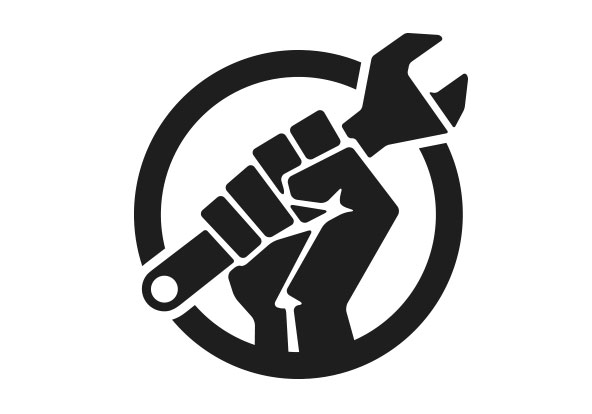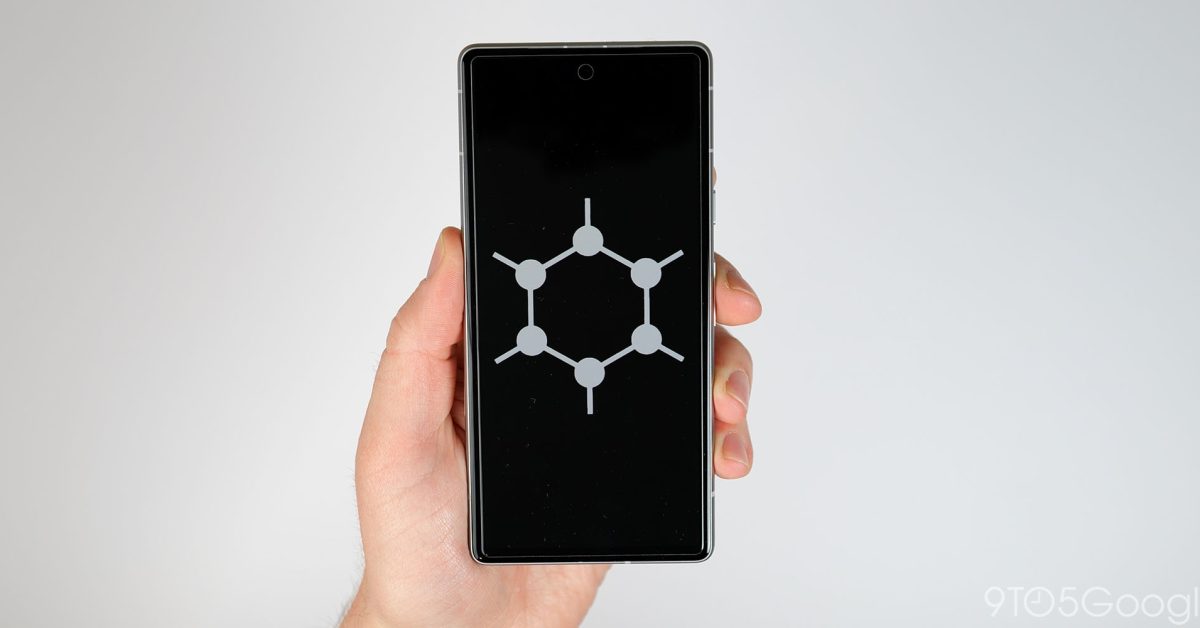Trying to raise awareness about healthy privacy and security practices by voluntarily sharing informative posts from unaffiliated sources.
- 30 Posts
- 4 Comments
deleted by creator

 12·7 months ago
12·7 months agoNote: If the link isn’t working for you or if you can’t find the app, update the default F-Droid repository in your F-Droid client.
deleted by creator
I’m glad to hear that.
Even small, simple steps can go a long way towards safeguarding your data, so keep up the good work!
deleted by creator
deleted by creator
deleted by creator
deleted by creator
deleted by creator

 93·2 months ago
93·2 months agodeleted by creator
I’m not the writer of the article, but here’s an answer you can find on running a quick search.
According to this article from the Electronic Frontier Foundation (EFF):
What is 2G and why is it vulnerable?
2G is the second generation of mobile communications, created in 1991. It’s an old technology that at the time did not consider certain risk scenarios to protect its users. As years have gone, many vulnerabilities have been discovered in 2G and it’s companion SS7.
The primary problem with 2G stems from two facts. First, it uses weak encryption between the tower and device that can be cracked in real time by an attacker to intercept calls or text messages. In fact, the attacker can do this passively without ever transmitting a single packet. The second problem with 2G is that there is no authentication of the tower to the phone, which means that anyone can seamlessly impersonate a real 2G tower and your phone will never be the wiser.
Cell-site simulators sometimes work this way. They can exploit security flaws in 2G in order to intercept your communications. Even though many of the security flaws in 2G have been fixed in 4G, more advanced cell-site simulators can take advantage of remaining flaws to downgrade your connection to 2G, making your phone susceptible to the above attacks. This makes every user vulnerable—from journalists and activists to medical professionals, government officials, and law enforcement.
deleted by creator
deleted by creator
deleted by creator


















deleted by creator